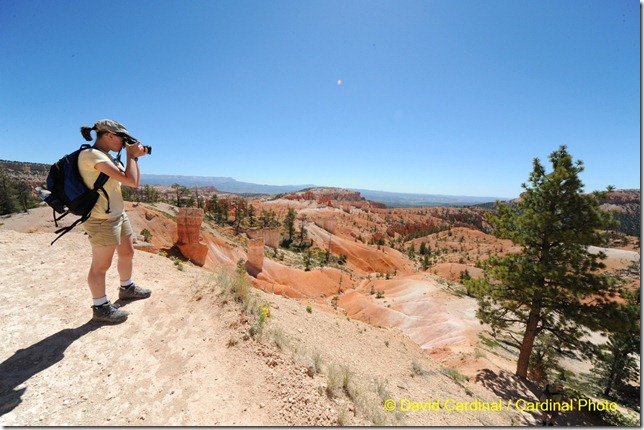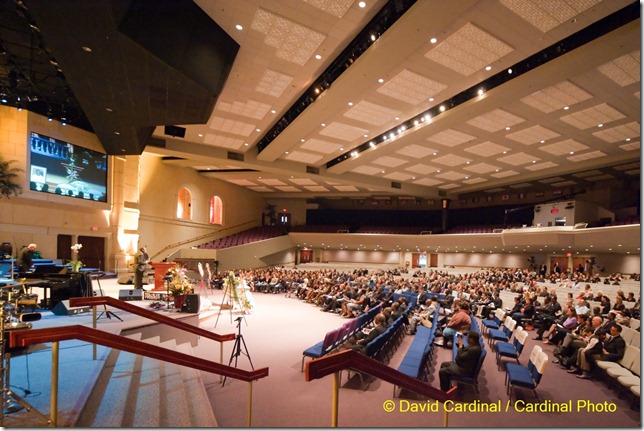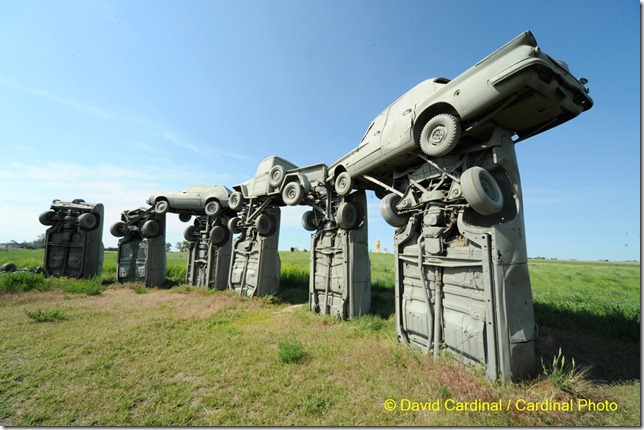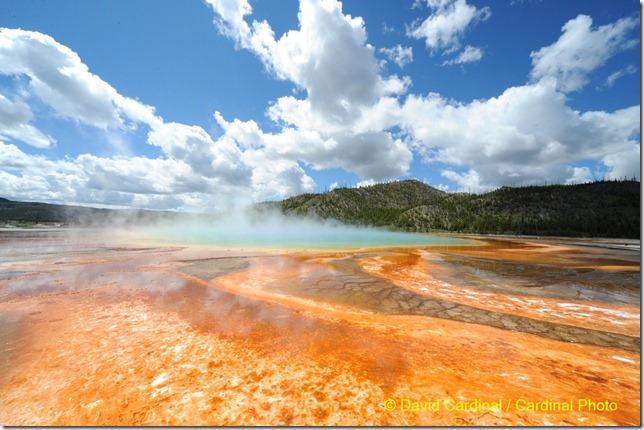- Photo Safaris
- Alaska Bears & Puffins World's best Alaskan Coastal Brown Bear photo experience. Small group size, idyllic location, deluxe lodging, and Puffins!
- Participant Guestbook & Testimonials Candid Feedback from our participants over the years from our photo safaris, tours and workshops. We don't think there is any better way to evaluate a possible trip or workshop than to find out what others thought.
- Custom Photo Tours, Safaris and Personal Instruction Over the years we've found that many of our clients & friends want to participate in one of our trips but the dates we've scheduled just don't work for them or they'd like a customized trip for their family or friends.
- Myanmar (Burma) Photo Tour Myanmar (Burma) Photo Tour December 2017 -- with Angkor Wat option
- Reviews Go hands-on
- Camera Reviews Hands-on with our favorite cameras
- Lens reviews Lenses tested
- Photo Accessories Reviews Reviews of useful Photo and Camera Accessories of interest to our readers
- Useful Tools & Gadgets Handy tools and gadgets we've found useful or essential in our work and want to share with you.
- What's In My Camera Bag The gear David Cardinal shoots with in the field and recommends, including bags and tools, and why
- Articles About photography
- Getting Started Some photography basics
- Travel photography lesson 1: Learning your camera Top skills you should learn before heading off on a trip
- Choosing a Colorspace Picking the right colorspace is essential for a proper workflow. We walk you through your options.
- Understanding Dynamic Range Understanding Dynamic Range
- Landscape Photography Tips from Yosemite Landscape Photography, It's All About Contrast
- Introduction to Shooting Raw Introduction to Raw Files and Raw Conversion by Dave Ryan
- Using Curves by Mike Russell Using Curves
- Copyright Registration Made Easy Copyright Registration Made Easy
- Guide to Image Resizing A Photographers' Guide to Image Resizing
- CCD Cleaning by Moose Peterson CCD Cleaning by Moose Peterson
- Profiling Your Printer Profiling Your Printer
- White Balance by Moose Peterson White Balance -- Are You RGB Savvy by Moose Peterson
- Photo Tips and Techniques Quick tips and pro tricks and techniques to rapidly improve your photography
- News Photo industry and related news and reviews from around the Internet, including from dpreview and CNET
- Getting Started Some photography basics
- Resources On the web
- My Camera Bag--What I Shoot With and Why The photo gear, travel equipment, clothing, bags and accessories that I shoot with and use and why.
- Datacolor Experts Blog Color gurus, including our own David Cardinal
- Amazon Affiliate Purchases made through this link help support our site and cost you absolutely nothing. Give it a try!
- Forums User to user
- Think Tank Photo Bags Intelligently designed photo bags that I love & rely on!
- Rent Lenses & Cameras Borrowlenses does a great job of providing timely services at a great price.
- Travel Insurance With the high cost of trips and possibility of medical issues abroad trip insurance is a must for peace of mind for overseas trips in particular.
- Moose Peterson's Site There isn't much that Moose doesn't know about nature and wildlife photography. You can't learn from anyone better.
- Journeys Unforgettable Africa Journeys Unforgettable -- Awesome African safari organizers. Let them know we sent you!
- Agoda International discounted hotel booking through Agoda
- Cardinal Photo Products on Zazzle A fun selection of great gift products made from a few of our favorite images.
- David Tobie's Gallery Innovative & creative art from the guy who knows more about color than nearly anyone else
- Galleries Our favorite images
Full-frame Ultra-Wide Zoom Lens Face-off: Sigma 12-24mm f/4.5-5.6 versus the Nikon 14-24mm f/2.8G Lens
Full-frame Ultra-Wide Zoom Lens Face-off: Sigma 12-24mm f/4.5-5.6 versus the Nikon 14-24mm f/2.8G Lens
Submitted by David Cardinal on Thu, 07/29/2010 - 10:41
Grand Prismatic, Midway Geyser Basin, Yellowstone National Park
Nikon D700, Sigma 12-24mm Lens at 12mm, f/22@1/250s, ISO 800
Going ultra-wide is the only way to get the full scene, as the moving steam rules out a pano
But now that I’m back to shooting full-frame at least half the time with my Nikon D700 (and many of my participants are with their Nikons or their Canon 1Ds and 5D’s) I really didn’t have a choice but to sideline my sweet and small Nikon 12-24mm f/4G AF-S DX Zoom which at less than $1000 and only a pound in weight is a no-brainer for Nikon DX users looking for a super-wide.
So I was eager to try the new Sigma 12-24mm f/4.5-5.6 EX DG HSM full-frame friendly super-wide zoom (also available in a Canon version of the Sigma 12-24mm f/4-5.6 HSM Lens). Sigma is sometimes best known for their large offering of consumer lenses, but working pros know they also make an excellent selection of pro quality glass including the excellent 120-300mm f/2.8 and 24-70mm f/2.8.
 Bryce Canyon, Nikon D700, Sigma 12-24mm Lens at 12mm, f/16@1/500s, ISO 800
Bryce Canyon, Nikon D700, Sigma 12-24mm Lens at 12mm, f/16@1/500s, ISO 800
One great use for a super-wide is involving your companions in the landscape.
Here our daughter Annie becomes part of the scene at Bryce
There is tiny evidence of lens flare in the center from shooting right into the sun
The first thing I noticed when unboxing the Sigma was the clever front cap design. The cap is actually in two pieces, a ring which can be placed over the curved front element and has a thread allowing for the use of screw in filters and then a traditional snap-in cap that goes into the ring. This design allows great flexibility for those wanting to use polarizers or other effects filters with the lens. For normal use though it still isn’t truly protective filter friendly as the cap “ring” can cause slight vignetting at the wide end. But the integrated lens hood does a pretty good job of extending past the front element and protecting it from many kinds of abuse.
Next I was delighted to find that the lens only weighs a little over a pound (about 1-1/3 pounds) and is relatively small (3.9” long by 3.4” wide), especially for a full frame super-wide. And all this can be purchased for under $900 (current B&H price is $859 for either the Nikon version or the Canon version).

Nikon D700, Sigma 12-24mm Lens, f/5@15s, ISO 6400
Showing the full scope of this church service required an ultra-wide. The low ISO performance
of the D700 let me shoot at ISO 6400 in the dim lighting.
Just as obvious with the new lens was the one spec where it doesn’t match up with the Nikon version—maximum aperture. The Nikon 14-24 cranks up to an awesome f/2.8 wide-open. That provides for additional depth of field (DOF) control, an additional stop of low-light performance (assuming you can live with the limited DOF of f/2.8 to get it) and slightly faster auto-focus. All these are big considerations for me in the mid-range and telephoto categories, but for a super-wide where I am usually trying to maximize DOF and where AF speed of both these lenses was plenty fast for what I was shooting, I decided the loss of f/2.8 was a small price to pay for the lower cost, size and weight of the Sigma.
But of course none of that matters if the images don’t hold up to professional standards. The only way to test that was to take the Sigma on the road. So it went in the bag for my commercial projects this spring and for my road trip through the American West where it saw heavy use capturing a wide variety of scenics. As you can see from the images accompanying this review the lens didn’t disappoint. There was no visible loss of sharpness compared with the Nikon and amazingly there was very little light fall off in the corners (almost all lenses have some light fall off when used with full frame digital cameras, but fortunately that is fixed quickly and easily as part of the raw conversion process).

Carhenge, Alliance, Nebraska, Nikon D700, Sigma 12-24mm Lens, f/16@1/250s, ISO 400
The first three images in this review are all taken directly from my D700 as in-camera JPEGs. They’ve been scaled down to size for the web and converted to sRGB for better display on most monitors, but other than that they are untouched to give you some idea of overall image quality. To give you a better idea of the overall image sharpness I’ve uploaded a full resolution in-camera JPEG of another image of Bryce for you to download and look at--note that the darker sky in the upper corners is partially just a natural effect, the lower corners show more accurately the slight light falloff from the lens.
How wide do you need? If 16mm is enough...
If you're willing to live with a lens which doesn't get you to the ultra-wide 12-16mm range, Nikon has just introduced the very impressive full-frame friendly Nikon 16-35mm f/4G VR Wide Angle Zoom. It is much lighter than its f/2.8 cousin, takes standard 77mm filters, includes VR and is less expensive--only $1149 at B&H. Personally I really enjoy the ultra-wdie capability I've gotten back with the combination of my full frame Nikon D700 and the Sigma 12-24mm Lens so I'm not planning on giving it up any time soon!
What about Canon Photographers?
Like Nikon, Canon also has an excellent full-frame super wide angle offering, the Canon EF 16-35mm Super Wide Angle f/2.8L II USM Lens which is as light as the Sigma, but is nearly twice the price and won’t get you nearly as wide as the Sigma (although at the long end it features a more convenient 35mm, which is great for letting you leave your ultra-wide on your camera during scenic sessions). Because it doesn’t go as wide as the Nikon or Sigma the Canon lens is able to use standard filters (although at 82mm they are likely a new size that will require you to buy new filters).
Ugly Duckling turns into Swan
Early reviews of the Sigma treated it as something of an ugly duckling. It’s relatively large size compared to DX-only lenses and its rounded front element made it an inconvenient choice for small frame digital shooters. But with the advent of full frame digitals the Sigma has really come into its own.
I’ve also read reviews which complain about the “feel” of the Sigma. They’re way off the mark. Despite its lighter weight it feels and acts solid. After many months of use and extensive travel the lens looks and works as well as the day I got it (and while I do try to take care of my gear that includes shooting from boat decks, tiny airplanes, mountain hiking and living under my car seat).
I’d still like to see Sigma (or for that matter Nikon or Canon) add stabilization to their ultra-wide Pro zooms (even though it is less important in an ultra-wide it’d still be great for handheld scenics) but other than that one small request this lens is great the way it is and is one I can heartily recommend for anyone who has a full frame camera or thinks they will buy one soon.
Learning More
Sigma provides full specs and test charts for the 12-24mm lens online.
B&H Product Page for the Sigma 12-24mm f/4-5.6 HSM Lens (for Nikon full frame & DX sensor cameras)
B&H Product Page for the Sigma 12-24mm f/4-5.6 HSM Lens (for Canon full frame and smaller sensor cameras)
B&H Product Page for the Nikon 14-24mm f/2.8G ED AF-S Zoom (for full frame & DX)
B&H Product Page for the Nikon 12-24mm DX Lens (for DX sensors only)
B&H Product Page for the Canon 16-35mm USM L Lens (for full frame & smaller sensors)
- Log in to post comments



